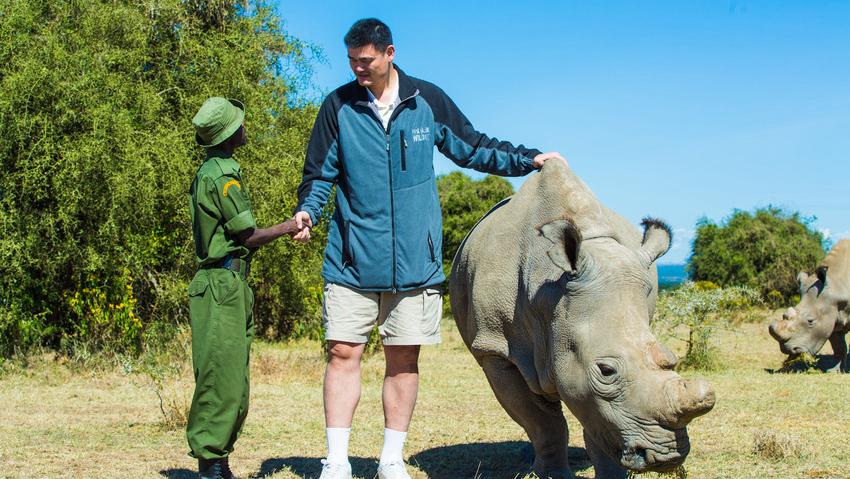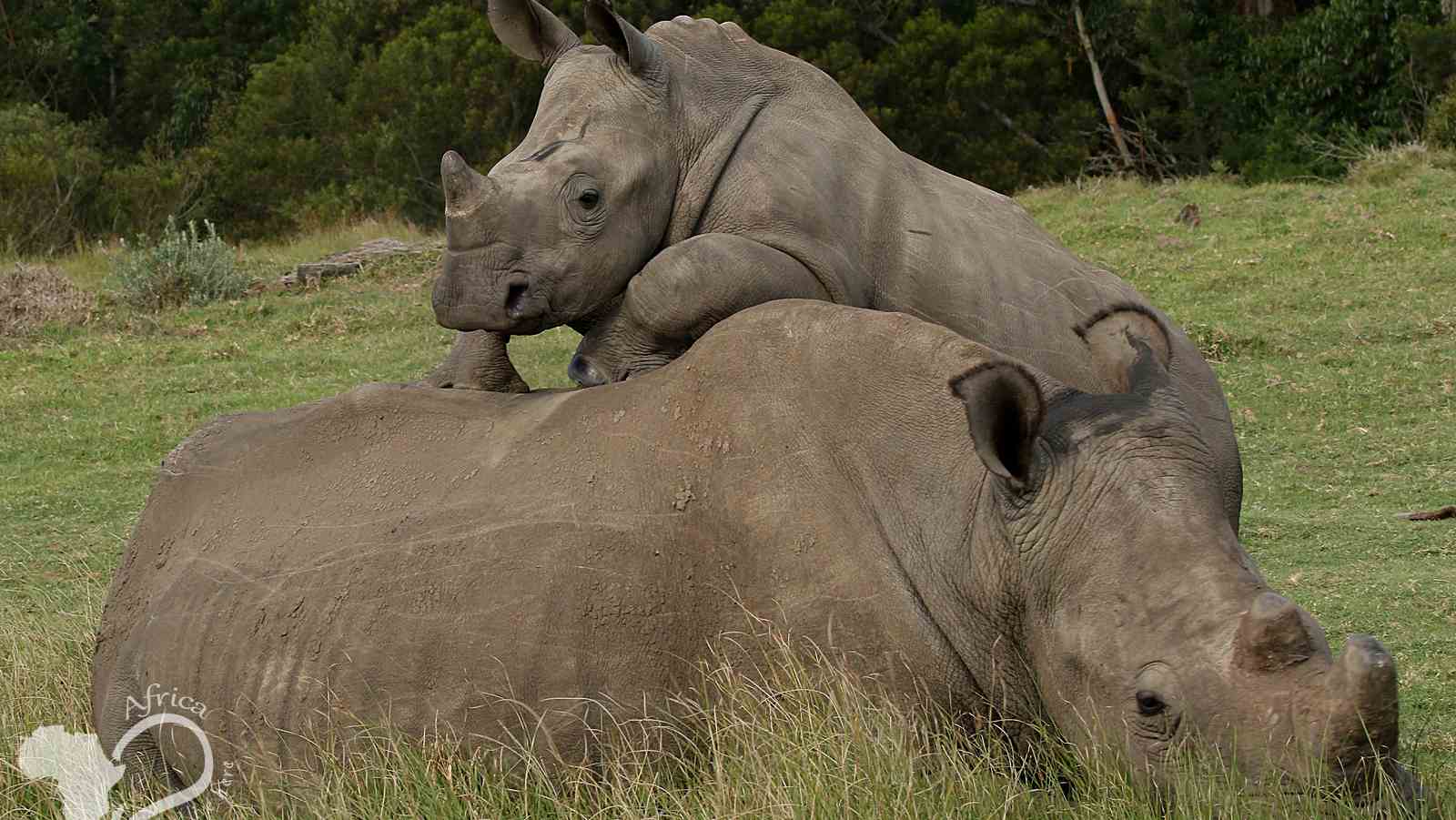
Tech & Sci
15:31, 05-Jul-2018
Scientists create hybrid embryo to save northern white rhino, poachers strike again
Updated
15:12, 08-Jul-2018
Alok Gupta

One of the world most endangered mammals—northern white rhinos— decimated by rampant poaching and habitat loss might witness a revival through hybrid embryos.
The last surviving male northern white rhino, Sudan, died in March 2018. After his death, only two females, Najin and Fatu, belonging to the subspecies are left on the planet. Hopes for the revival of the subspecies population dashed after researchers discovered both females are infertile.
On Wednesday, a team of scientists led by Thomas Hildebrandt from the Leibniz Institute for Zoo and Wildlife Research (IZW) in Berlin, announced the creation of living embryos in the laboratory from frozen sperm of the northern white rhinoceros and egg cells from the southern white rhinoceros.
The breakthrough has raised hopes for the breeding of the species.
More than 21,000 southern white rhinos living in South Africa are considered closely related to northern white rhinos.
“These are the first in vitro produced rhinoceros embryos ever. They have a very high chance to establish a pregnancy once implanted into a surrogate mother,” Hildebrandt said.
Researchers adapted reproduction techniques used in horses to the special circumstances of rhino species to achieve the breakthrough. A special device was used to harvest eggs from southern white rhinos, and fertilize them with frozen sperm of northern white rhinos.
“For the first time we had rhino blastocysts – an early stage of an embryo – developed in vitro, similarly to what we do routinely for cattle and horses,” maintained Cesare Galli, from Avantea, Italy-based laboratory specializing in animal reproduction.
Several embryos have been preserved for future transfer into surrogate mothers to carry a pregnancy to term. “Now, we are well prepared to go to Kenya and collect oocytes from the last two northern white rhino females, in order to, produce pure northern white rhino blastocysts where both eggs and sperm are from northern white rhino,” Hildebrandt added.
The study, “Embryos and embryonic stem cells from the white rhinoceros” published in journal Nature Communications warns, in vitro fertilization alone cannot create a self-sustaining population of northern white rhinos.
The laboratory is planning to use stem cell technology as an additional approach to combining stem cell research with recently developed assisted reproduction technologies (ART).
Stem cell and ART will provide a blueprint on how to save highly endangered species that have already dwindled to numbers that make current conservation efforts impossible, researchers explained.

Bella, a white rhino was poached for one cm of her horn at Kragga Kamma Game Park in South Africa on July 1. /KKGP Photo
Bella, a white rhino was poached for one cm of her horn at Kragga Kamma Game Park in South Africa on July 1. /KKGP Photo
Rampant poaching is decimating rhino population to the brink of extinction
While scientists were presenting their findings to revive the rhinos facing the extinction threat, Kragga Kamma Game Park authorities were mourning the brutal killing of a matriarch rhino.
Bella, a 20-year-old slain rhino was earlier dehorned to protect her from poachers. The police on the scene reported that the rhino was shot and had two of its horns, barely one centimeter in length removed on July 1.
“It’s beyond comprehension that she would be killed for a mere 1cm of horn,” Park maintained in a statement. Bella leaves behind a one-and-a-half-month calf.
In the last few decades, a vast majority of rhinos have been shifted to national parks under heavy armed protection. According to World Wildlife Fund for Nature (WWF), poaching, driven by consumer demand for rhino horn primarily in Asia, poses the biggest threat to rhinos.
Two species of rhino in Asia—Javan, and Sumatran—have been declared critically endangered. A subspecies of the Javan rhino was declared extinct in Vietnam in 2011. The situation is much more severe in Africa where more than 1,028 poaching-related killings were reported last year.
Massive poaching has also driven the western black rhino and northern white rhino to the verge of extinction.
“Northern White Rhinos are the most endangered mammals on earth. All conservation efforts to save this species have been foiled by human activities such as poaching, civil war, and habitat loss,” IZW maintained.
(Yao Ming, a former basketball player with Sudan, last surviving male northern white rhino at Ol Pejeta Conservancy in Kenya. /WildAid Photo

SITEMAP
Copyright © 2018 CGTN. Beijing ICP prepared NO.16065310-3
Copyright © 2018 CGTN. Beijing ICP prepared NO.16065310-3